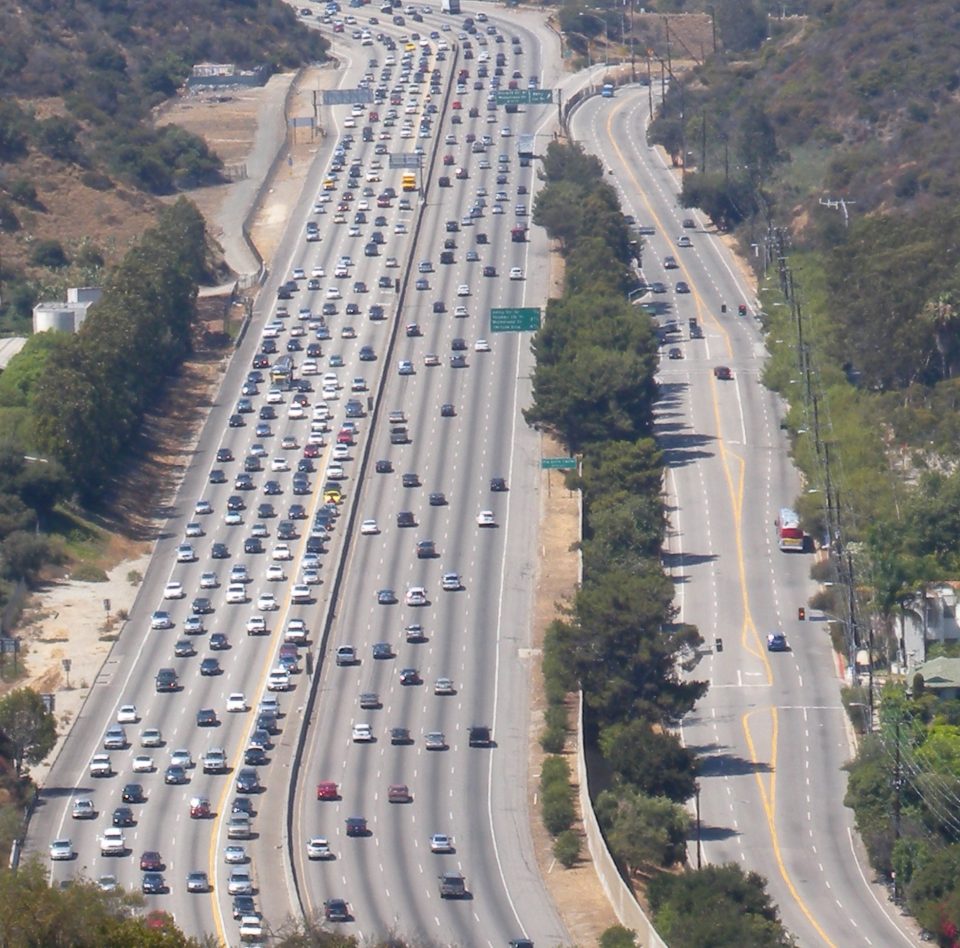Description
The first suburb, according to historian Kenneth Jackson, grew up outside the ancient city of Ur some 4,000 years ago. For centuries, suburbs were the last resort of the poor, who were unwelcome in the central city, home to the civic elite. Then, gradually, the center-periphery relationship was inverted, with the poor left in a center city surrounded by wealthier suburbanites. As early as the seventeenth century, wealthy London and Paris residents began fleeing the city for small communities in rural districts.
As William Baer shows (see Page 128), even when the rulers of England wanted to stem that tide, they failed miserably. American colonists soon emulated Europe, establishing suburbs almost as quickly as they did cities. By the time of the Revolution, Greenwich Village was drawing people out of what Jackson calls the “crowded, unhealthy town below Wall Street”.
The modern suburb is a far cry from these premodern communities. Beginning in the last half of the nineteenth century, suburbs began to change the very nature of American urbanism. In such disparate places as Riverside outside of Chicago, Medford outside of Boston, Reston outside of Washington, and Irvine outside of Los Angeles, the suburb has been redefined repeatedly to meet the needs of changing generations.
Guest editor of Lusk Review: Journal of Real Estate and Urban Transformations 4.1 (Spring/Summer), 1998.
